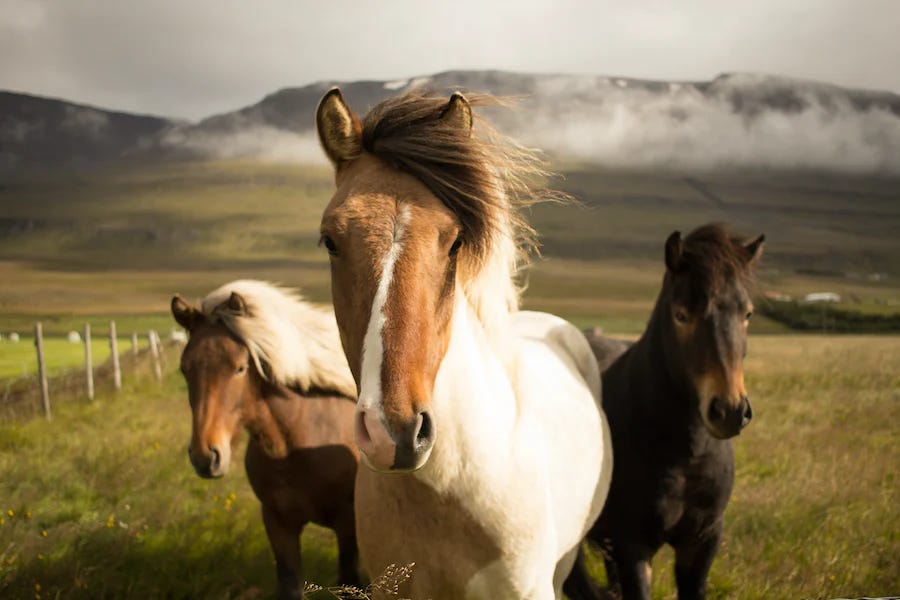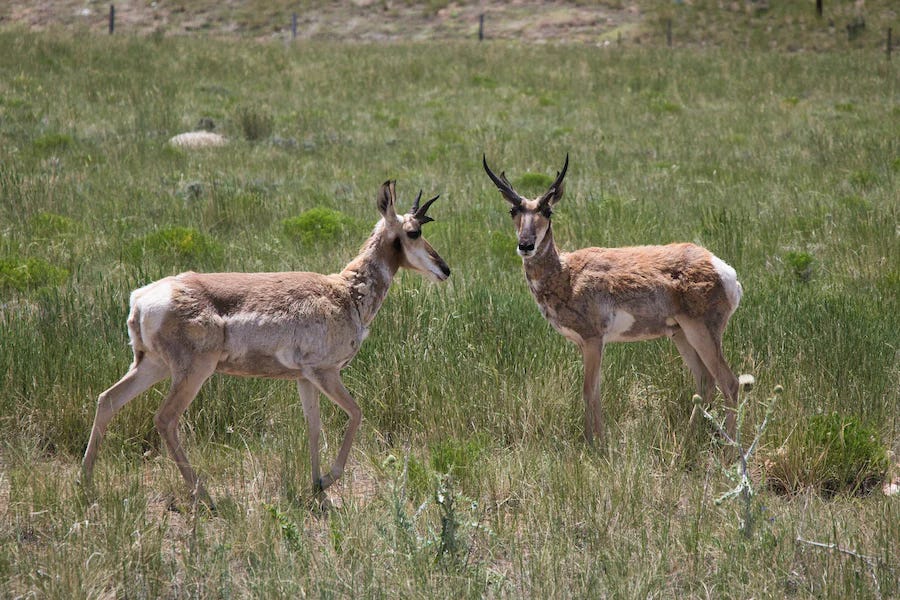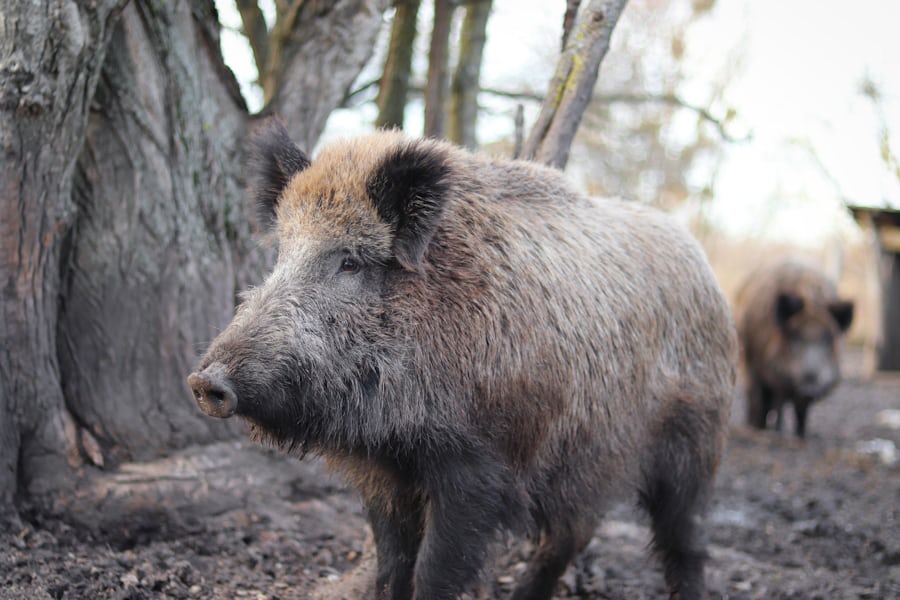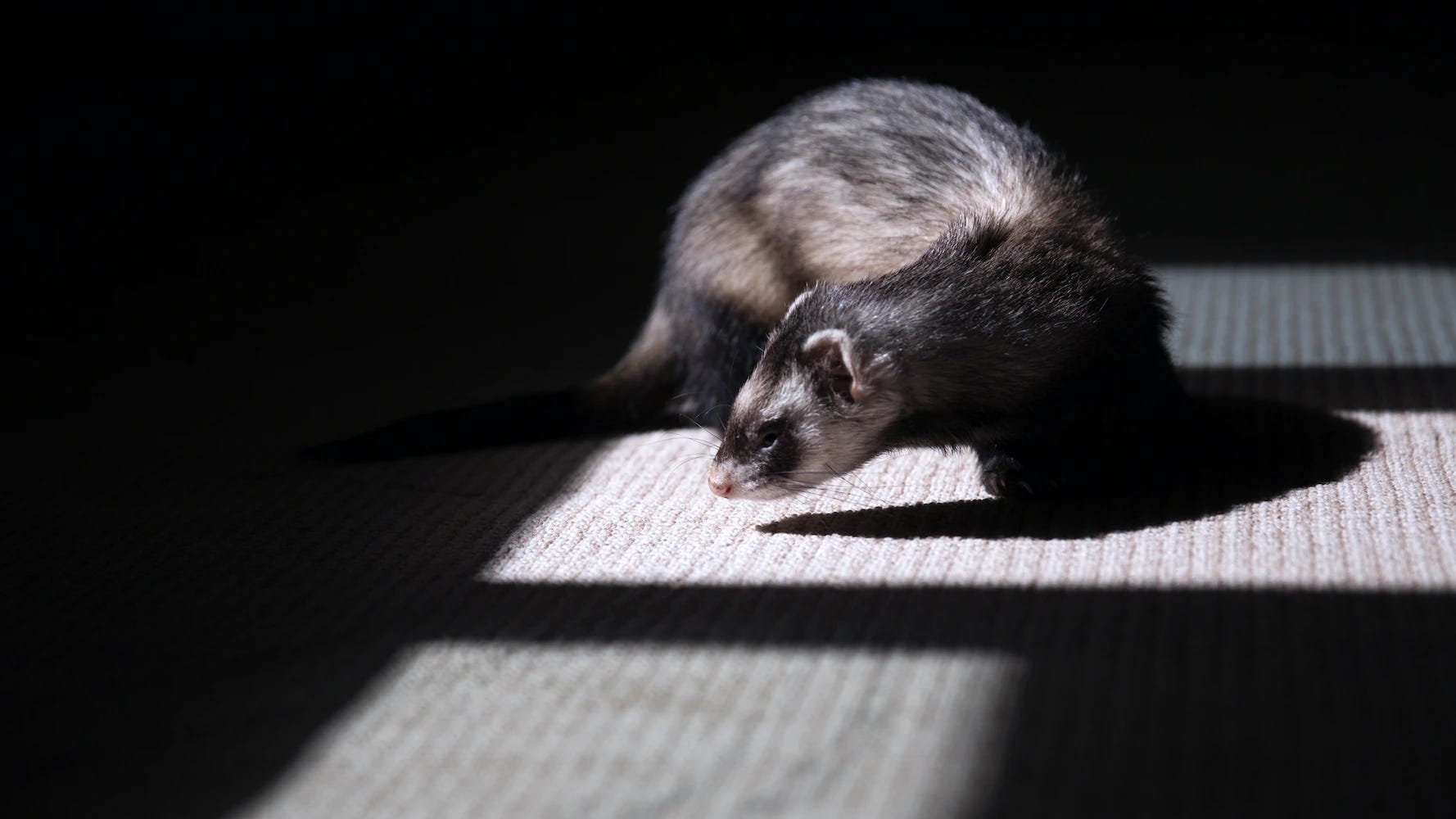Restoring Biodiversity - 12/5/2023
When horses migrated to Eurasia. NRCS is expanding its fence program. Farming wild boar. And more.
Thank you for subscribing to the Pitchstone Waters weekly newsletter.
Here is what we’ve been reading, watching and writing about this week…
Articles

When Horses Migrated to Eurasia
According to the paper and article below, horses – which evolved in North America – traveled back and forth across the land bridge between present day Russia and Alaska several times over the last million years. Horses on both sides of the land bridge evolved into distinct species, which then crossed again, interbred, evolved some more and then moved back. Neither horse populations nor horse genetics were ever static. To this day, the cycle hasn’t stopped.
The invasive species ‘biologists’ say that horses re-introduced by Europeans since 1492 are ‘exotic’, ‘invasive’ species that invariably hurt habitat and wildlife, and don’t ‘belong’. They neither define their terms in ways that can be tested, nor offer science to justify 1492 as the cut-off date.
As a result, their war on wild horses is based on opinion and dogma – not on science. It is also ecological and historical illiteracy, because as described, for at least 1-million years horses have been moving back and forth between continents, with their genetics changing constantly. All these different horses continuously coevolved with American habitats and wildlife, which is why horses found anywhere today do so well here in North America.
Quoting from the article that summarizes the paper:
“Many people regard those wild horses as an invasive species, while others consider them to be part of the native fauna of North America.
“It (North American horse die out) was a regional population loss rather than an extinction.”
“Present-day wild North American horses could be considered reintroduced, rather than invasive.”

After Achievements in Wyoming, NRCS Expands Big Game Conservation Program
A very good fence modification program being sponsored by NRCS.
Videos

Wild Boar Farming – Farmers Domesticate and Raise Millions of Wild Boars This Way
In the United States, it is forbidden for farmers to raise wild boars (the European name for what Texans call ‘feral pigs’) because their numbers are constantly growing. The entire ‘feral pig problem’ is due to a web of regulatory prohibitions – set up and maintained to protect Big Pig’s monopoly on the market.
But in some countries with developed agricultural industries, wild boar (feral pig) farming has become the main source of income, and the price of wild boar meat is even higher than that of commercially raised domestic pigs. And remember as you watch that in Texas and most of the US, free-ranging wild pigs are there for the taking. Southwestern landowners are sitting on a potential gold mine, which – thanks to Big Pig – they must treat as vermin.
It is true that aggressive and crop-destroying wild boars (free range pigs) have become a scourge in agriculture in many parts of the world. However, their meat is very lean and more delicious than domestic pigs due to their purely natural diet. Furthermore, the nutritional value of wild boar meat is also quite high, so farmers have sought to domesticate this animal to harvest. Since then, wild boar farms have been formed in many parts of the world. So how do farmers tame wild boars? We invite you to join us in admiring wild boar farms to learn more!
Part 1. How Wild Boar (feral pigs) were domesticated.
Part 2. How most pork is factory-raised.

Cloned Black Footed Ferret
Meet the world’s first cloned member of an endangered species.
Some people think that extinct animals like mammoths could be resurrected by these methods, using cellular material found in frozen specimens.
—
And that’s it - as always thank you..
if you haven’t already - please check out our views on biodiversity at https://pitchstonewaters.com/blog/
Please pass along, and if you if you received this from a friend - consider subscribing below.
